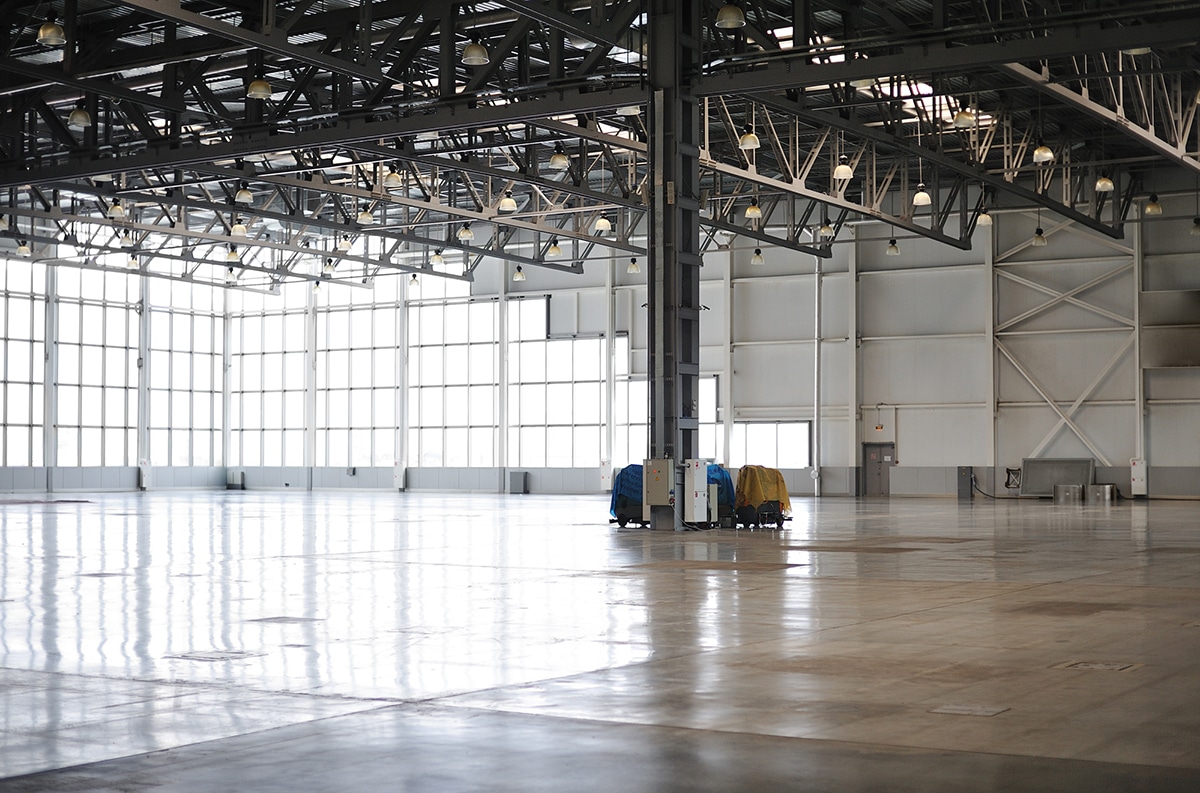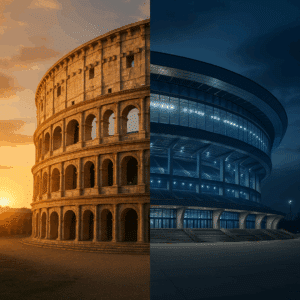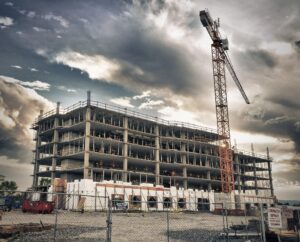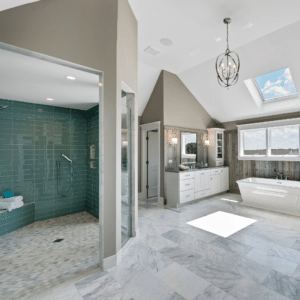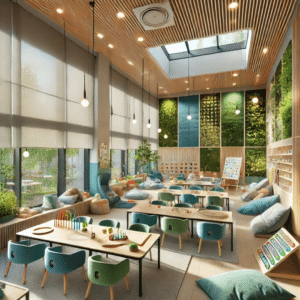Major retailers like Toys-R-Us, Sears, and J.C. Penney are closing locations across the nation. Over 15,500 different stores shut their doors in 2020—the most significant drop in a single year. In addition, this retail apocalypse has been going on for over a decade, leaving commercial real estate developers searching for opportunities to repurpose big box stores. Vacant storefronts are full of potential for adaptive reuse.
Why are so many big-box stores closing?
everal factors have contributed to the decline of brick-and-mortar retailers over the past decade. First, many large chains started closing due to changes in spending habits sparked by the Great Recession in 2008. Second, E-commerce and experience spending were on the rise at a time when shopping centers had saturated the market. Then economic upheaval from the covid-19 pandemic hastened the decay of big-box chains.
6 Ways to Repurpose Big-box Stores
1. Entertainment Centers
Modern consumers prefer to buy experiences, not things. So, indoor amusement parks and mega arcades make excellent retrofits for old box stores. For example, A non-profit in Greenville, Michigan, converted an old Meijer into an indoor BMX track. Likewise, you could create a trampoline arena, play zone, or skate park.
2. Medical Centers
Healthcare is something that everyone needs. Existing retail shells can become doctors’ offices, outpatient facilities, and urgent care centers. Old big-box stores often sit near major roads, making them convenient locations for patients to reach medical care. For example, Gundersen Health System created their new clinic from the shell of an old Kmart, bringing healthcare access to their community. The right design can create a warm and welcoming space where patients feel comfortable.
3. Pop-up Shops
If you’re looking for a flexible use for a vacant building, consider food halls, farmers markets, or expos. Even though permanent stores are on the decline, flexible retail is becoming more and more common. Temporary storefronts attract customers because of their novelty. Plus, pop-up shops can act as start-up incubators for potential new businesses. And vendors will be more willing to enter a short-term agreement than sign a long-term lease.
4. Affordable Housing
Many big-box stores are tall enough to hold a two-story house. You know what? That sounds like a good idea. Fill the structure with rows of townhomes. Cut some big holes in the roof to create communal courtyards that provide access to natural light, ventilation, and green space. You can even carve out space for an onsite general store and restaurant. Plus, turning empty retail locations into affordable housing solves two urban development problems with one project.
5. Community Centers
Turning an empty shell into a community hub revitalizes the city. For example, the International Marketplace in Indianapolis is transforming an old Hobby Lobby into a Global Village Welcome Center with cultural galleries, dance studios, a demonstration kitchen, and more. This makes sense because large retail stores are the right size for big groups to gather in communal spaces such as art galleries, megachurches, and event halls.
6. Public Spaces
Residents, developers, and stakeholders can work together to maximize the use of empty shells. For example, McAllen Public Library turned an abandoned Walmart into the largest one-story public library in the nation with a cafe, outdoor children’s area, and ample meeting spaces. What would best serve the needs of your city—a school, event venue, concert hall? The right public resource can improve the quality of life for the entire community.
Adaptive Reuse
Across the country, empty buildings and parking lots represent tremendous potential for reuse. Billions of square feet and acres of land hold the opportunity for revitalization and adaptive reuse. Are you inspired to repurpose big-box stores? Guzzo Architects are here to help you from brainstorming to completion. By working together, we can find adaptive ways to reuse abandoned commercial real estate. Schedule a consultation today—call 201-939-1446.

